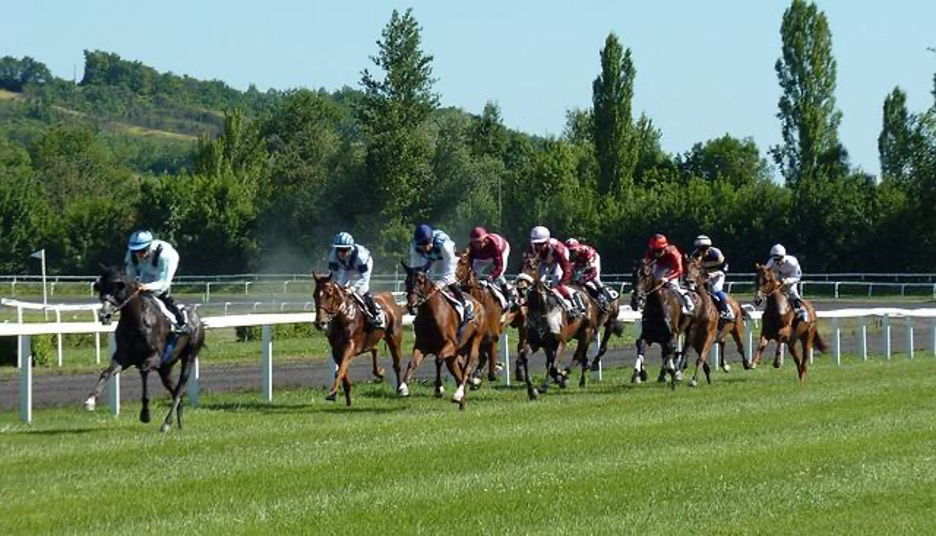Image: Pixaby
The UK’s horse racing industry has long been a dominant force in Europe, driven by rich traditions, elite events, and world-class facilities. Home to iconic races such as the Grand National, Royal Ascot, and the Epsom Derby, the UK attracts not only top-tier local competitors but also global talent. The quality of the UK’s breeding programs, coupled with a strong betting culture and historic racetracks, helps maintain its prominence in European horse racing.
But the UK isn’t alone in shaping the European scene. Countries like France, Italy, and Spain, though not as globally recognised as the UK, contribute significantly to the continent’s racing landscape. Each country has its unique characteristics that complement the UK’s leadership, offering its own prestigious events, racing traditions, and horse breeding cultures.
UK – Setting the Standard
The UK stands as Europe’s leading hub for horse racing, boasting a rich history and hosting more Group 1 races than any other nation. With a massive betting market already utilising AI for racing tips, iconic events like the Cheltenham Festival and St. Leger, and world-class venues such as Ascot and Newmarket, the sport thrives. Supported by renowned trainers, jockeys, and substantial prize money, UK horse racing is regulated by the British Horseracing Authority (BHA), ensuring high standards of integrity and competition.
France – Tradition and Elegance in Racing
France is the UK’s closest competitor in horse racing, renowned for prestigious events like the Prix de l’Arc de Triomphe at Longchamp, one of Europe’s biggest racing events. This global race attracts top talent from around the world, highlighting France’s significance in the sport. France has a long tradition in breeding and training, producing high-quality thoroughbreds that excel internationally. Elegant racecourses such as Chantilly and Deauville further boost the country’s racing prestige. Supported by the Pari Mutuel betting system, France also offers generous prize money, making it a major player in European horse racing.
Italy – Historic Venues and Cultural Passion
Though Italy doesn’t enjoy the same global recognition as the UK or France in horse racing, its deep-rooted culture is significant. The Gran Premio di Milano, first held in 1889 at San Siro, remains one of Italy’s top flat races. Other notable tracks include Rome’s Capannelle and Pisa’s San Rossore, which reflect Italy’s historical ties to the sport. Despite recent financial challenges and declining prize money, Italy maintains a passionate fan base and is committed to reviving its horse racing tradition and preserving its influence in European racing.
Spain – Emerging Talent and Growth
Though Spain isn’t as closely associated with horse racing as the UK, France, or Italy, its industry is steadily growing. Races like the Gran Premio de Madrid at La Zarzuela Racecourse are raising Spain’s profile within European racing. Spain has faced challenges, including a focus on other equestrian sports like showjumping, but increased investment in infrastructure and better event organization is fueling its rise. With beautiful venues like La Zarzuela and Dos Hermanas and growing interest in thoroughbred racing, Spain is positioning itself as an emerging player in the European horse racing landscape with strong potential for future growth.
The European Racing Ecosystem
While the UK undoubtedly leads the European horse racing scene, the combined efforts of France, Italy, and Spain add richness and diversity to the continent’s horse racing ecosystem and are en route to having a place among the countries with the highest horse racing support. France’s emphasis on elegance and prize money, Italy’s historical significance, and Spain’s emerging talent all contribute to making European horse racing a dynamic and multifaceted sport.
Sponsored

